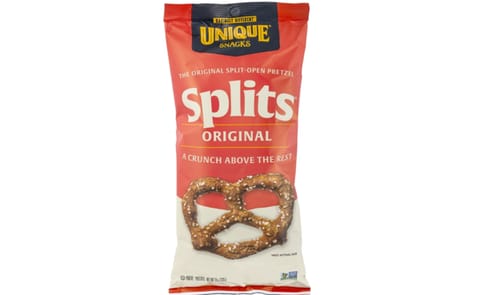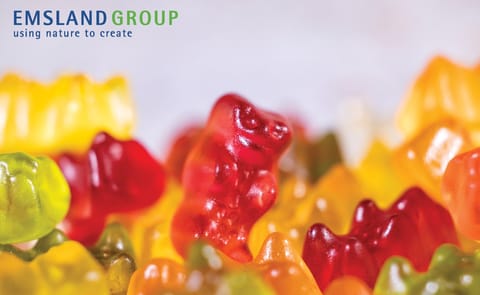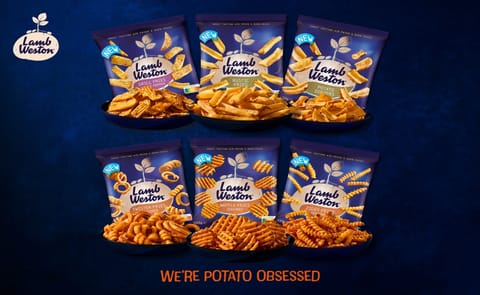To carry that taste, either sweetness or saltiness or a combination needs to be present. The salt will stimulate the taste buds and accentuate the taste and the sweetness will help carry that flavor.
Fat can be used, but in low quantities;if it is excessive, the texture will be inappropriate.
The texture needs to be nibbly, crunchy and involving the front teeth. Preferably this process should be noisy and intrusive so that all the senses including hearing are involved. This initial crunching and fast taste delivery awakens the mind.
By triggering the mind in this way, it stops it thinking about what it was preoccupied with immediately before the crunch. It provides an opportunity for a change of thought direction.
Because of the pace with which this crunchy, high taste, small piece snack delivers, it will speed up the thinking process and therefore make the person feel more alert. They then become more awake.
This awakening starts the break....
The items within the product need to be small, possibly eaten one at a time or a few crammed into the mouth together at once. Their taste needs to be identical. If there is a variation in taste, then that will stop this generation of speed of thought and cause the person to stop, reflect and diagnose what all the different tastes are, which is too intrusive. Equally if the product was too difficult to select from its container and deliver into your mouth, that would again intrude and the stimulation would be lost. This must be a very fast eat.

The product then needs to dissolve in the mouth pretty quickly;if it ends up being chewed as a heavy mass by the molars, then it is becoming too food-like, too substantial.
In that instance, the message the mind picks up is that here we have a real food item, which is going to provide fuel and satisfaction and represents a real meal. At that point, if that were so, the consumer would start to re-classify the product and it would no longer give the signal ‘snack’ and the fun would start to evaporate. Now it would be fuel or sustenance, and serious.
Because the snack provides this change of mood it is positive and upbeat in its character, it then is ascribed as fun, entertaining and enjoyable. It changes pace. Provides a break from the mundane and gets rid of the responsibilities.
It is essentially an irresponsible break in time and as such very enjoyable and welcome. It is fun. It fires the child within us to delight and we recall it fondly. When we eat it again the fun is re-triggered.
Also of course you probably will finish it before you are ready to. So the pack is gone almost before you are aware that you started to eat it. This again provides a break and accentuates the level of stimulation. Should you eat it for too long, then the taste would start becoming predictable. The stimulation would slow down. The taste buds would become tired. The effect would evaporate.
It is no surprise therefore that these products are usually contained in small bags, they are never individually wrapped, and they are more savory than they are sweet. They are high on taste. Because stimulation and newness is more attractive to younger people they tend to be eaten more by younger people than older ones. New, dangerous, intrusive, just ideal for a teenager. Guess who usually eats them?
If you put too much complexity of taste into the product, it becomes more sophisticated and requires more thought. If you package it too carefully you move it into more formal occasions. If you make it too perfect, you can deliver the crunchiness but now you are delivering a measure of evaluation and indulgence. You move the product yet again away from that original particular Need State. It now invades a new Need State.
If we imagine that all snacks are stimulating and we can see at once that the stimulating snack has to have certain ingredients. If they are not there or the product is too sophisticated or complex, it will move out of that Need State and become something else. Perhaps a Sophisticated Social Snack for parties or similar more formal occasions?
This blog was written by Derek Roberts, Director of Global Operations, QEP Marketing Clinic. It was originally published on TheTasteSignature.com
Watch a video presentation of this blog.
Want to discuss this blog? Go to the original website or discuss "Snacks: Why we love them"on the Linkedin PotatoPro Group









